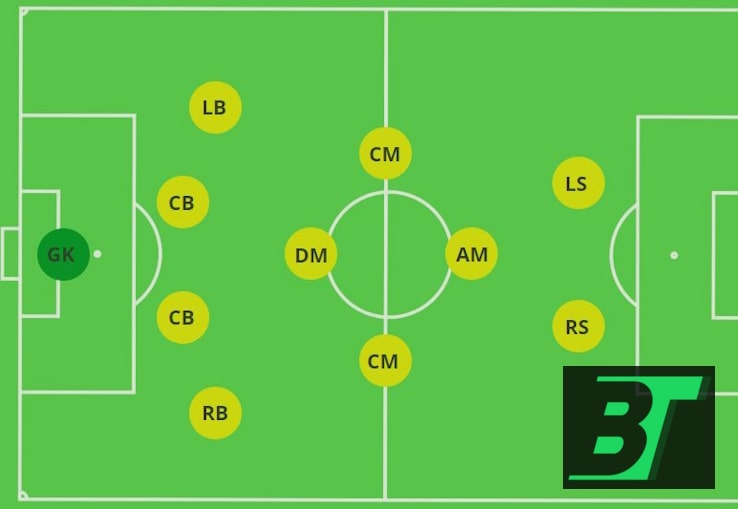
Exploring the evolution of football tactics through the ages, from the Pyramid to Tiki-Taka, to understand the strategies that changed the beautiful game.
The sport of football, cherished by billions worldwide, isn't just a game of 22 players chasing a ball. At its essence, it's a grand chessboard of strategy, innovation, and continually transforming tactics. As the game has matured, so have its strategies, but which tactic is truly the greatest of all time?
In football’s infancy, teams often aligned in a 2-3-5 formation, dubbed the ‘Pyramid’. Pioneered in Britain, this formation was attack-heavy. The game was simple and direct, relying mostly on long balls and physical prowess. However, as football spread and evolved, so did the realization of the importance of defense and midfield play.
The WM, conceptualized by Arsenal’s manager Herbert Chapman in the 1930s, was a response to changes in the offside law. The 3-2-2-3 setup mirrored the letters W and M. Its balance allowed teams to defend and attack with more structure.
While the WM was taking root in England, Italy introduced the world to ‘Catenaccio’. This tactic was not just about defense, but about stifling the opponent's attack. It involved a stringent man-marking system, with the libero or sweeper playing behind the line, clearing any threats. Teams like Inter Milan under Helenio Herrera became masters of this tactic, winning consecutive European Cups in the mid-60s.
The Dutch redefined football in the 1970s with their 'Total Football'. More than a tactic, it was a philosophy. Every player, except the goalkeeper, could play in any position. Ajax Amsterdam and later the Dutch national team, with icons like Johan Cruyff and Rinus Michels at the helm, brought this tactic to the global stage. Their ability to retain possession, press high, and interchange positions bewildered opponents. Though the Dutch team fell short in two World Cup finals, their legacy was firmly established.
By the late 80s, English football began to exert global dominance with a straightforward yet effective formation: the 4-4-2. It provided width, a solid midfield, and a two-pronged attack. Teams like Manchester United under Sir Alex Ferguson and Liverpool under Kenny Dalglish utilized this formation to perfection, creating some of the most memorable moments in football.
Spain's 'Tiki-Taka' was not just a tactic but an art form. Its roots can be traced back to Johan Cruyff’s influence at Barcelona. Under Pep Guardiola, Barcelona took Tiki-Taka to its zenith. With players like Xavi, Iniesta, and Messi, they dominated European football, while Spain, employing a similar style, conquered the international stage. The essence of Tiki-Taka was not mere possession but purposeful possession, often resulting in intricate passing patterns and fluid movements to break down the most resilient defenses.
Today's football is a rich tapestry of the tactics of yesteryears, with managers often hybridizing strategies based on their squad and the opposition. Jurgen Klopp's 'Gegenpressing' with Liverpool, Maurizio Sarri's 'Sarri-ball', and Julian Nagelsmann’s innovative formations at RB Leipzig represent the game's evolving nature. Football today is faster, more technical, and demands a blend of physical and tactical astuteness.
Defining the 'best' tactic in football is subjective. For many, Total Football's beauty and versatility are unparalleled. For others, the sheer dominance of Tiki-Taka or the balanced simplicity of the 4-4-2 holds the crown. Tactics are temporal, often products of their era, contingent on available players, cultural influences, and counter-tactics. But their impact on football's tapestry is eternal, each leaving an indelible mark on this beautiful game.
Football is a dance of strategies, a testament to human creativity and adaptability. While the debate on the best tactic remains open, the universal love for the game binds us. Every era, tactic, and innovation tells a unique story, collectively weaving the rich history of the world's most beloved sport.